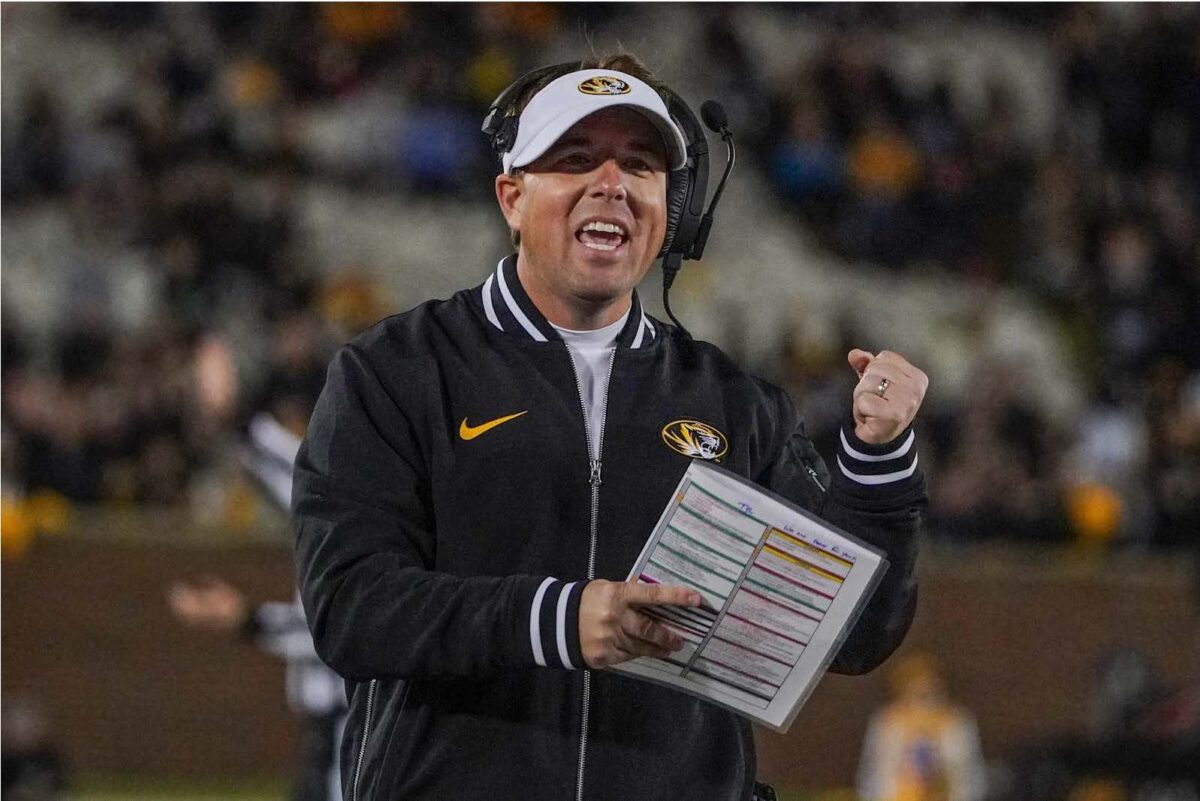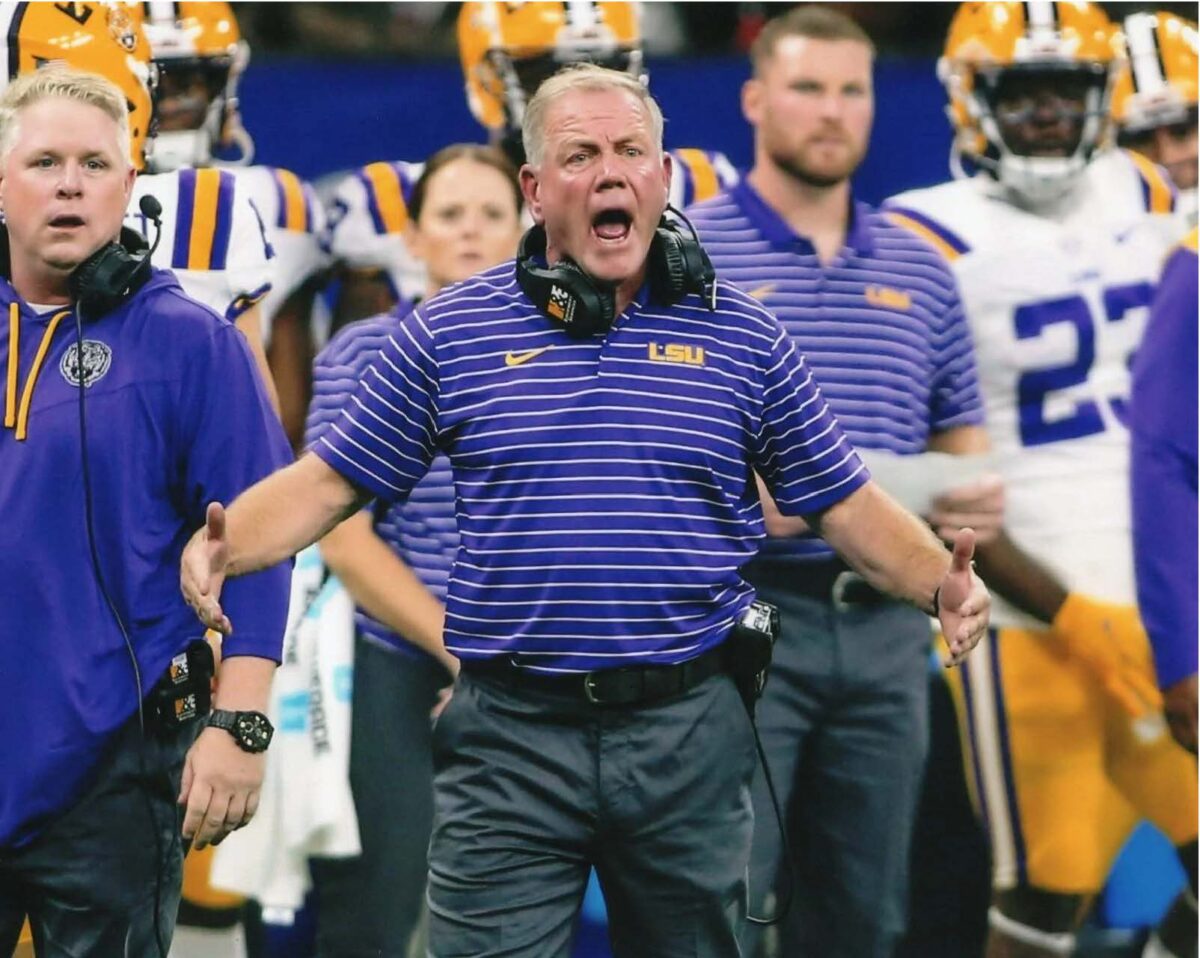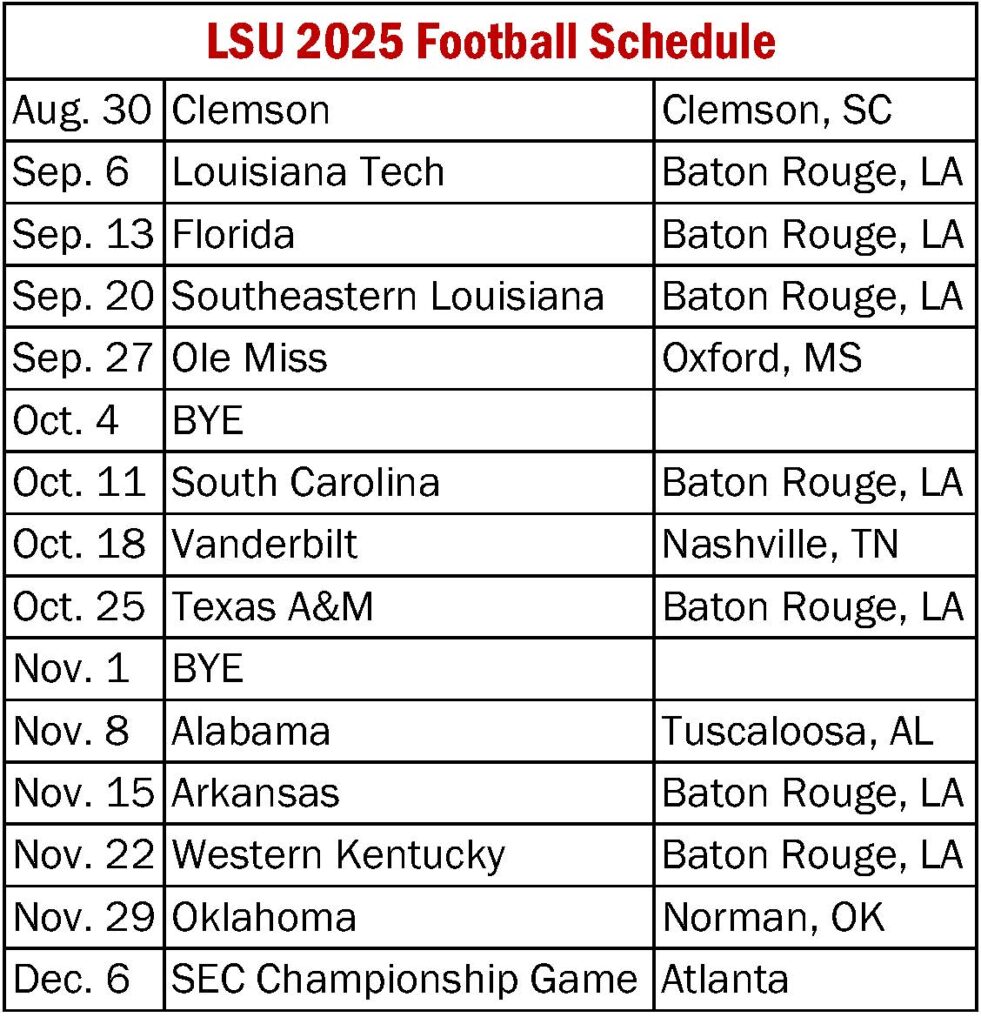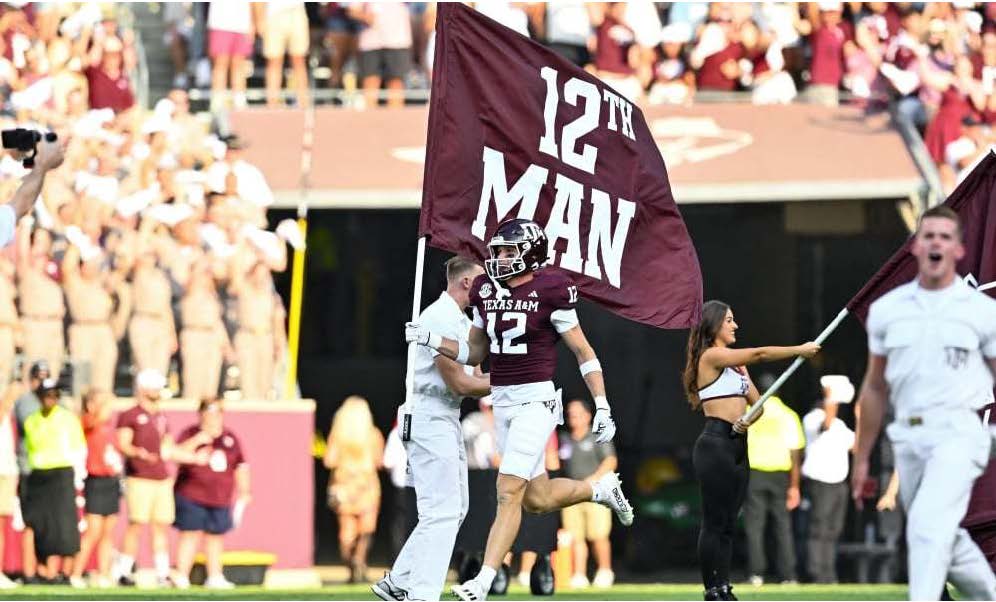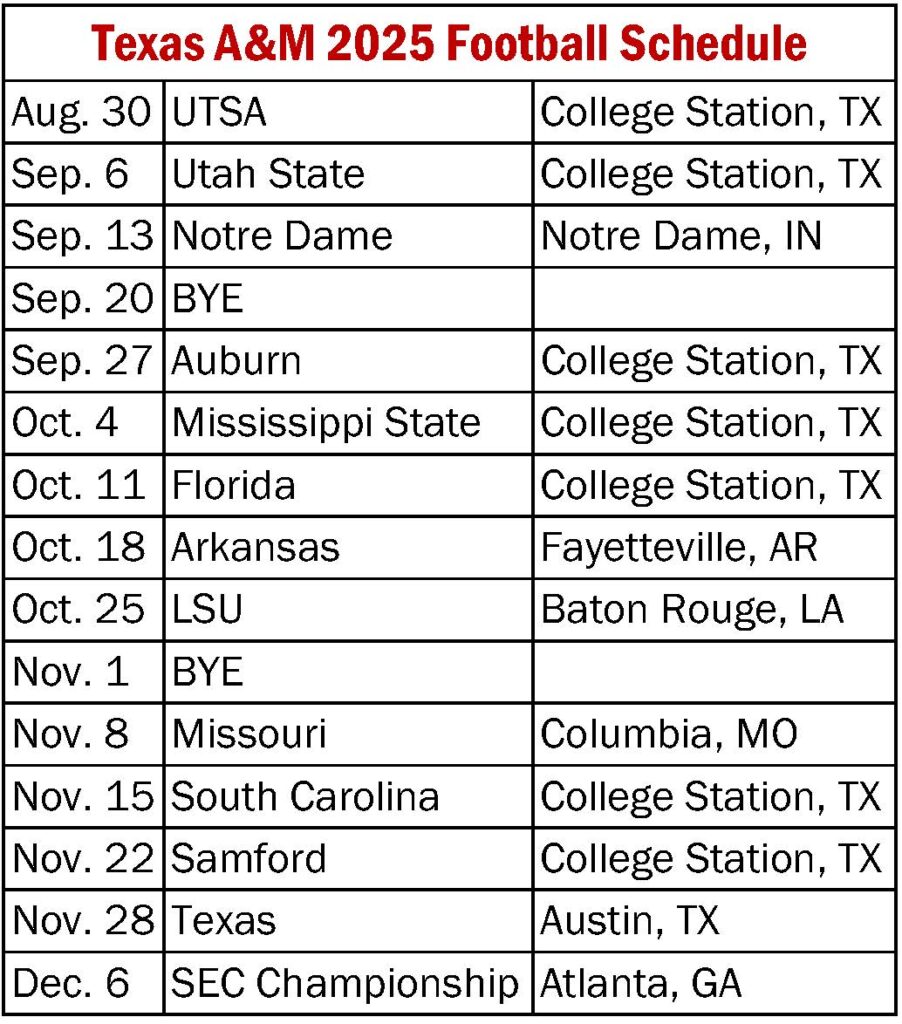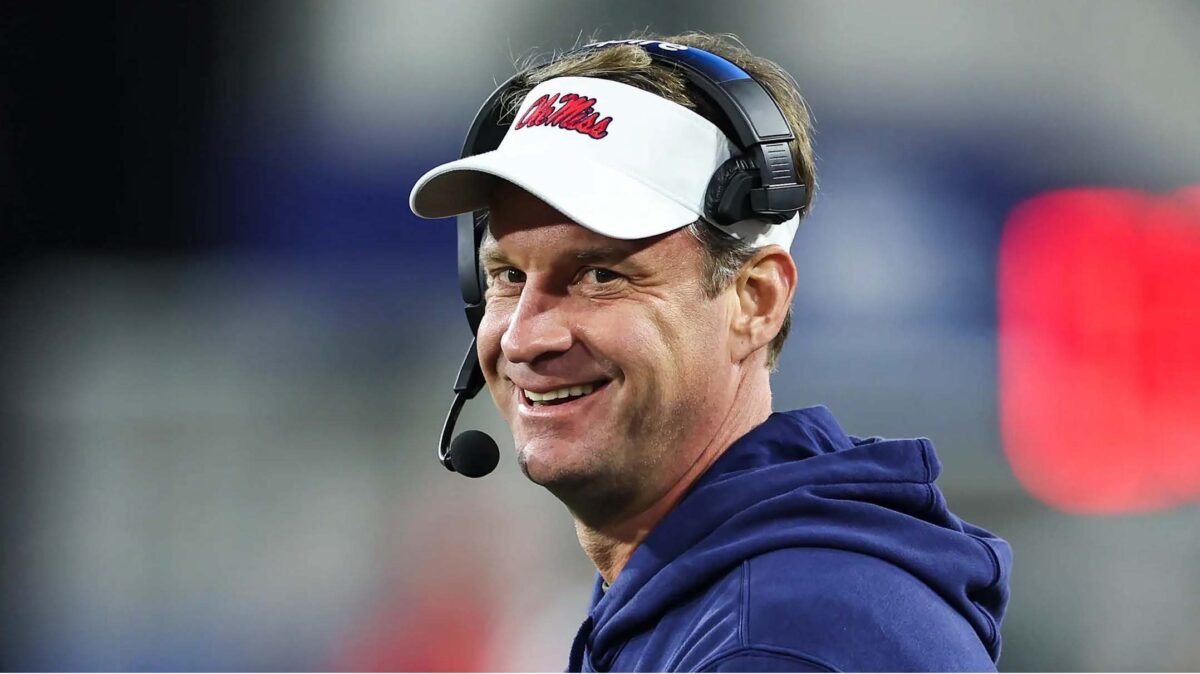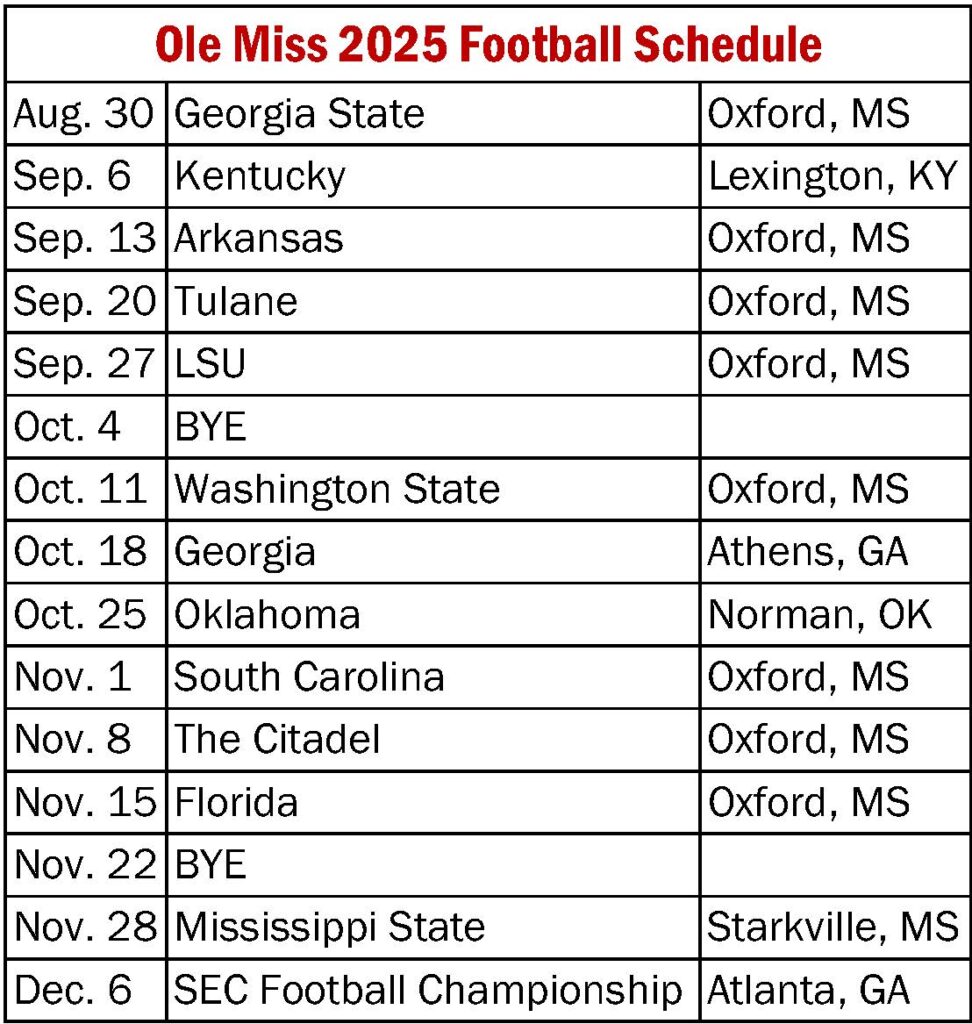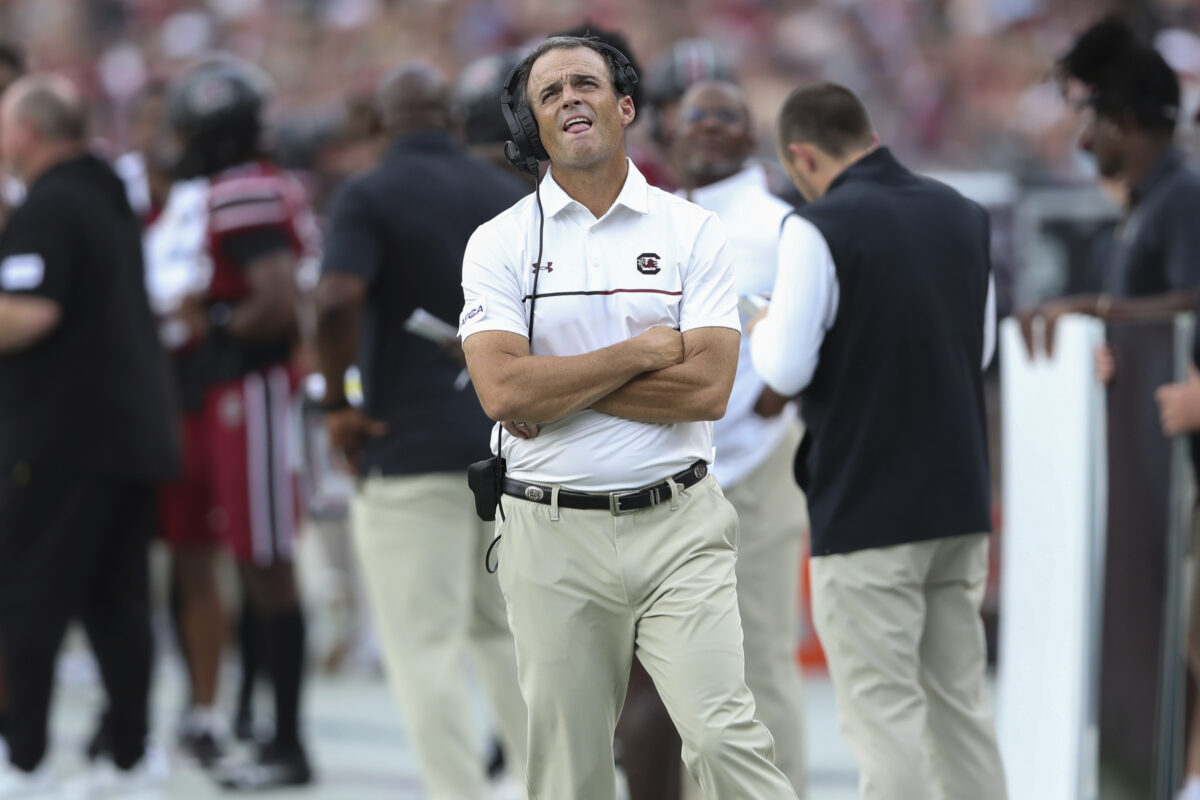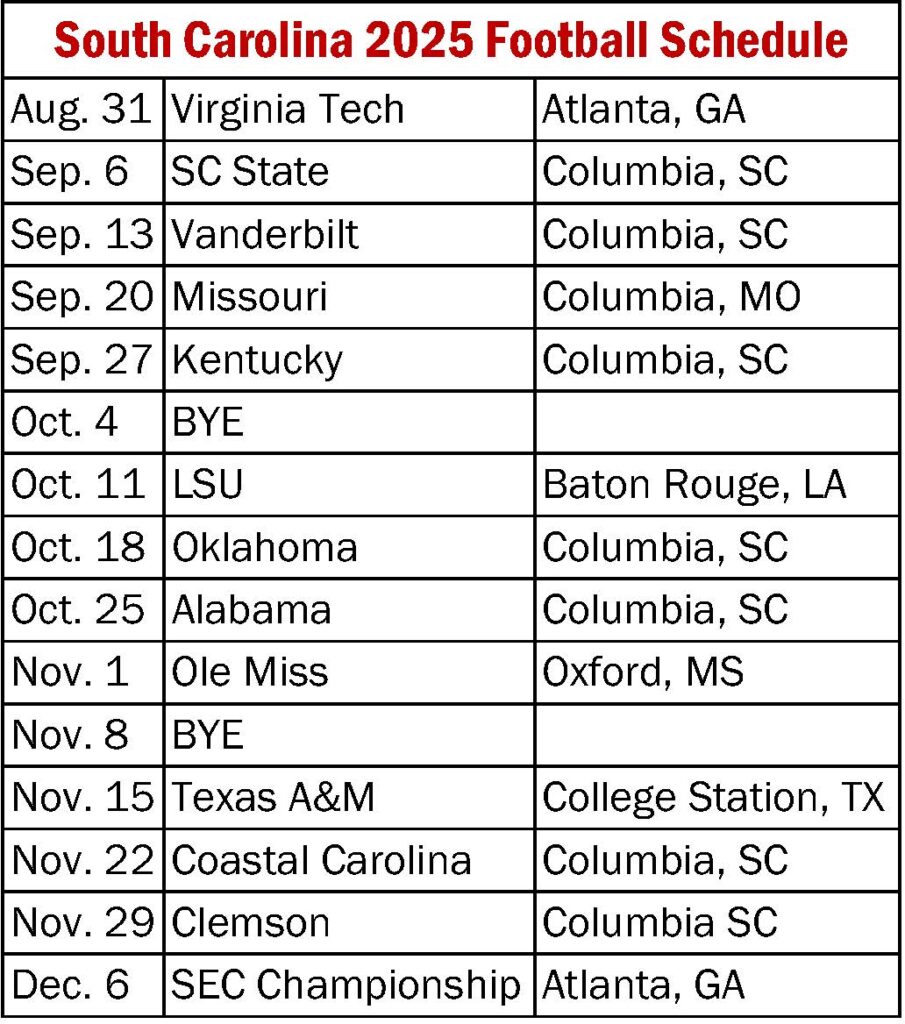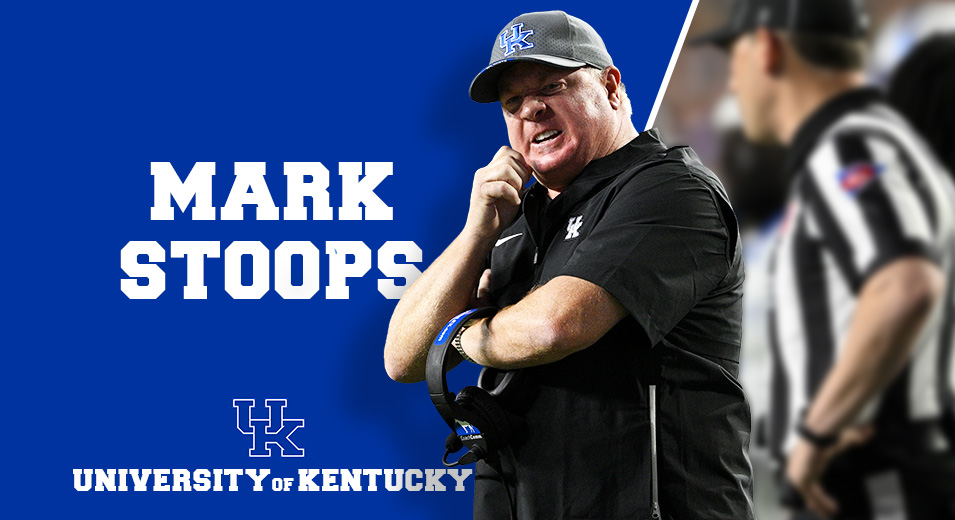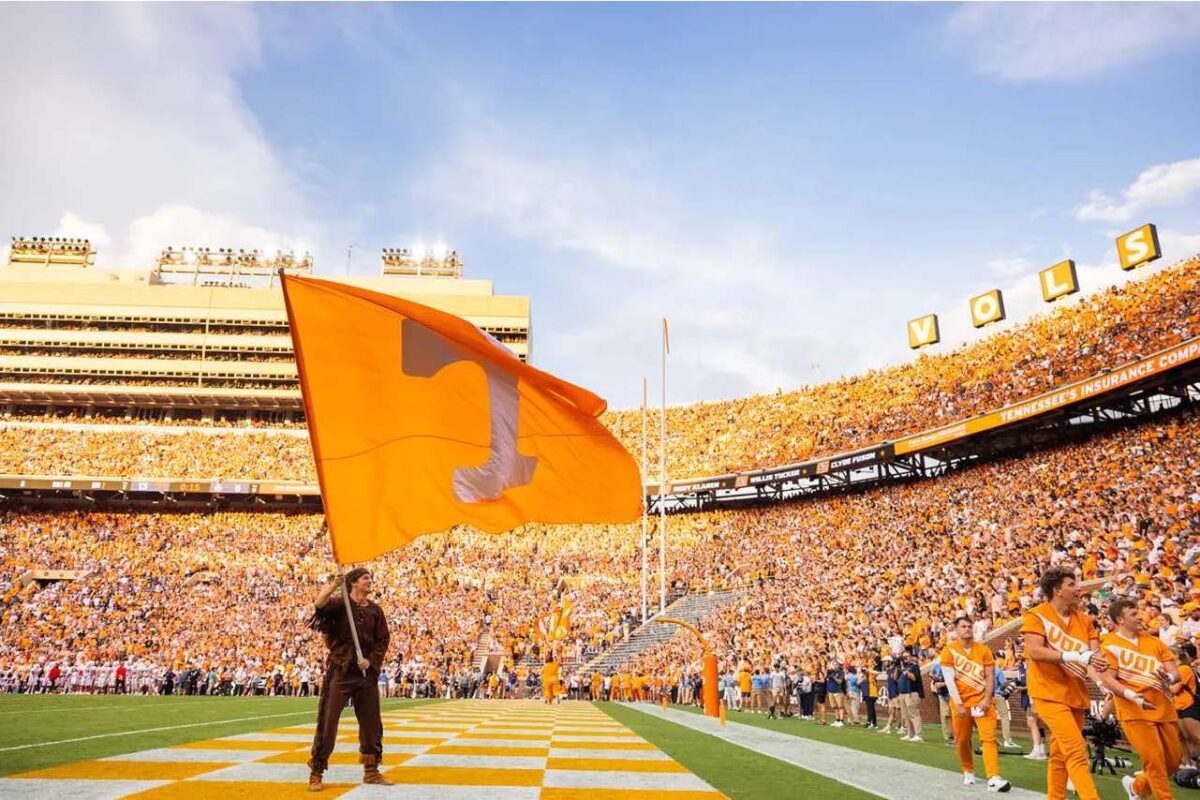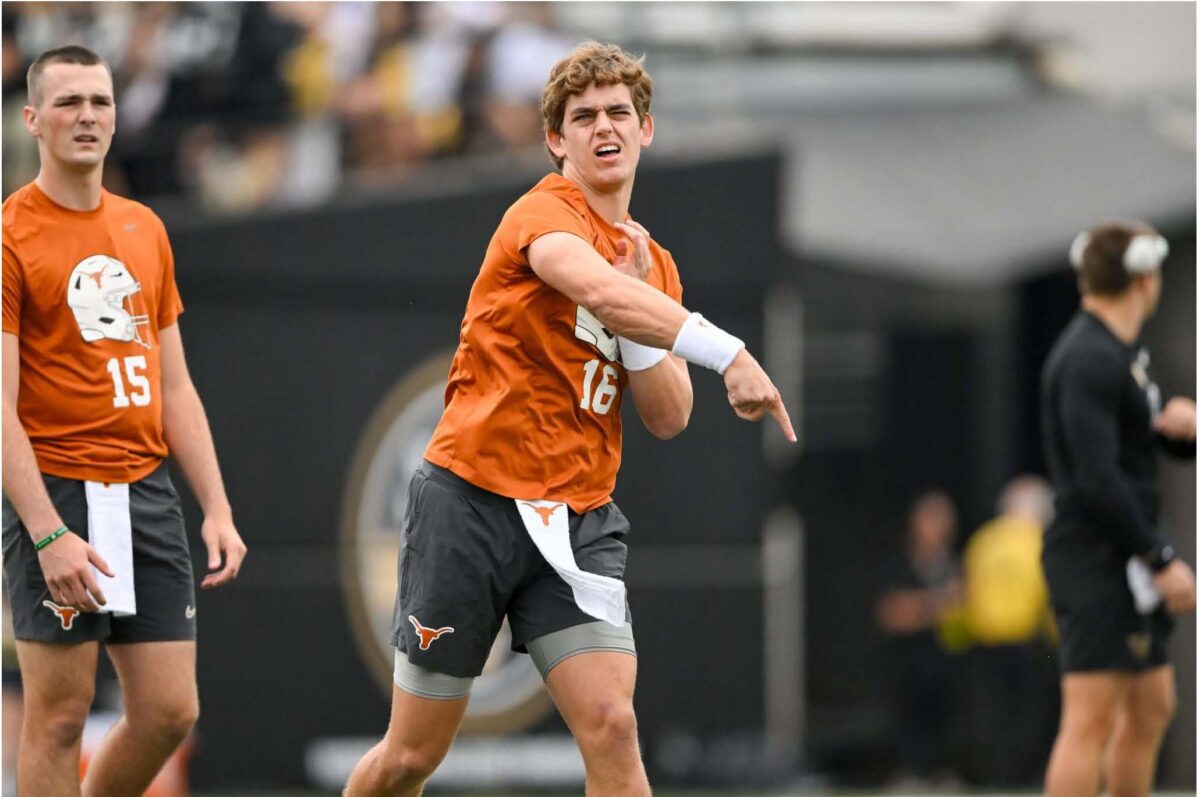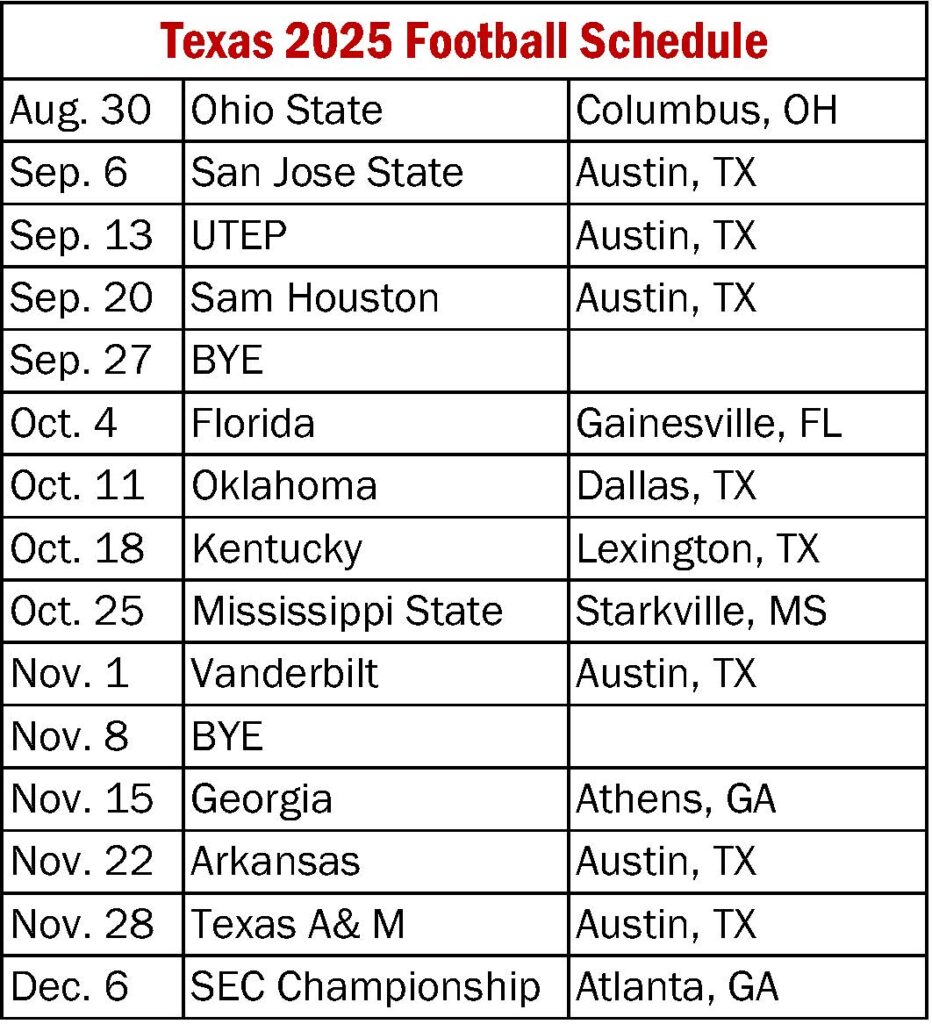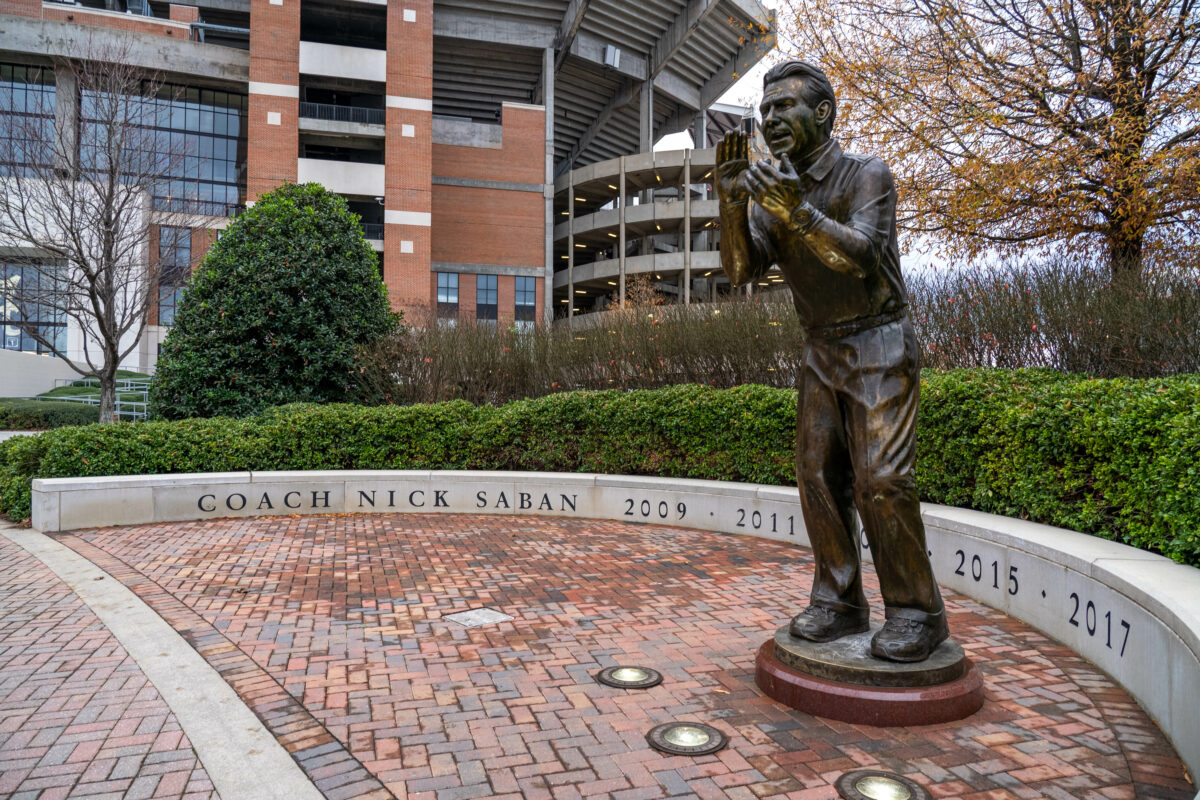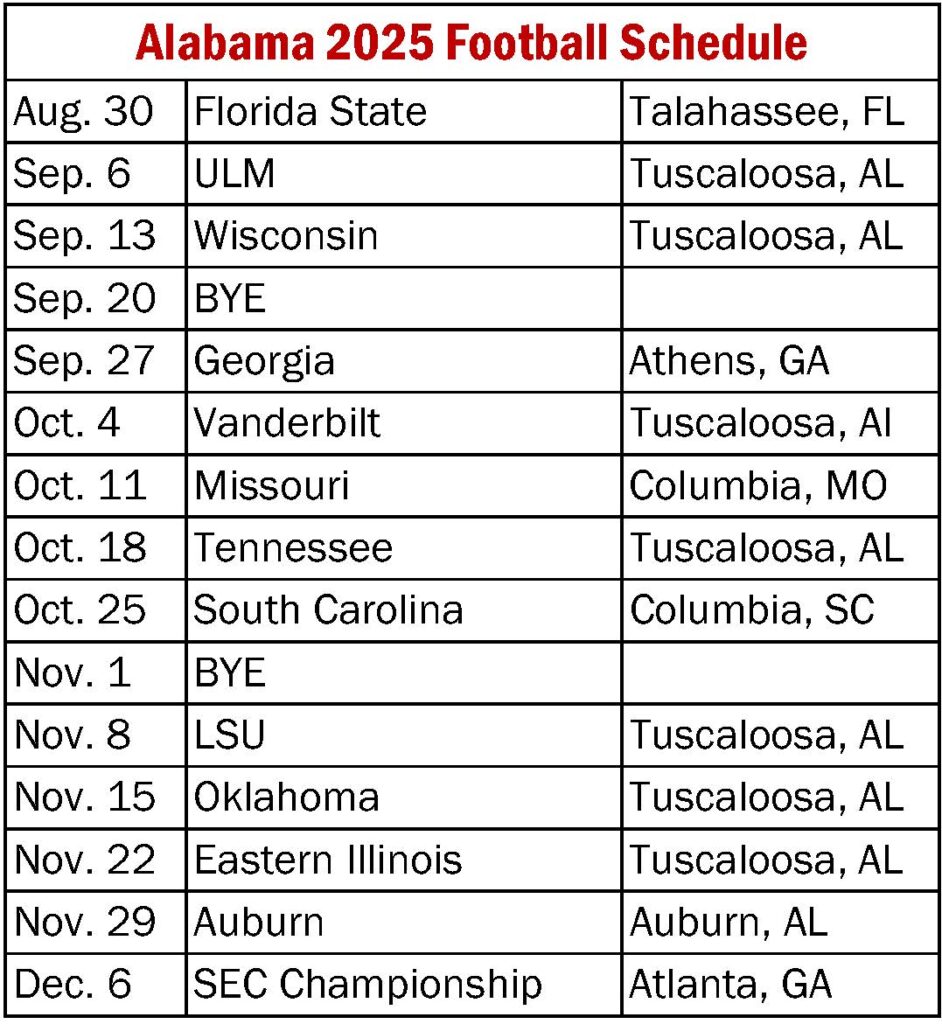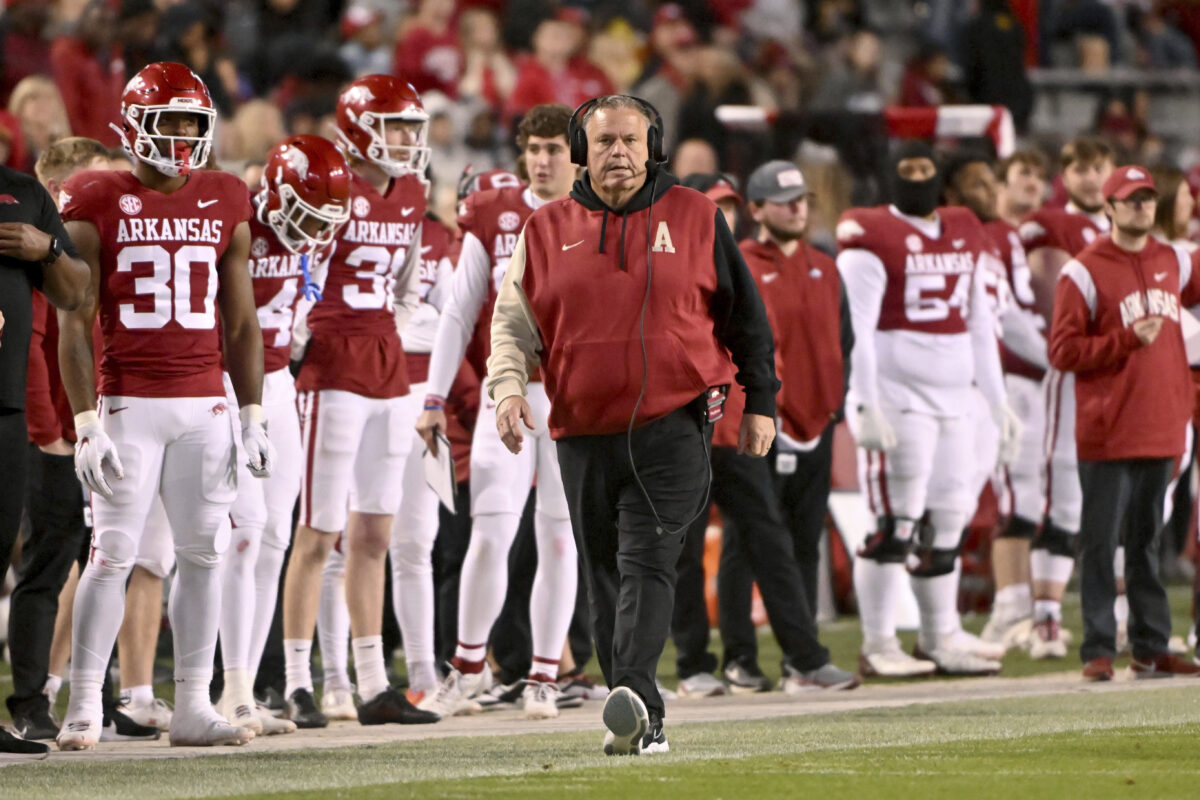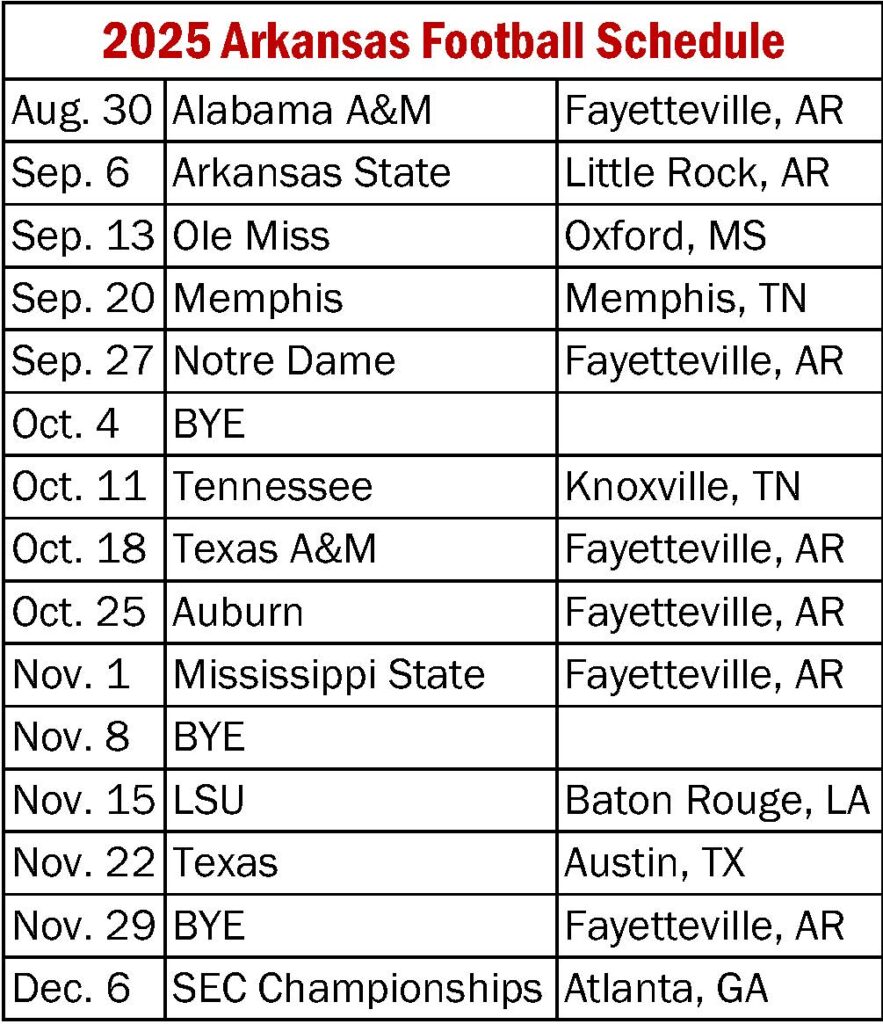Blog Article
Missouri Football 2025: The Year Everything Must Come Together
Missouri Football is about to find out if their recent success was real or just a beautiful accident.
After back-to-back 10-win seasons that shocked college football, the Tigers face the ultimate test of sustainability. Star quarterback Brady Cook is gone. Top receivers Luther Burden III and Theo Wease Jr. departed for the NFL. Nearly half of the roster turned over due to graduation and the transfer portal.
What remains is a program trying to prove that lightning can strike three times in Columbia.
Eli Drinkwitz Just Made the Boldest Promise in College Football
Most coaches lower expectations during rebuilding years.
Drinkwitz is doing the exact opposite. He’s openly targeting achievements that have never been accomplished in Missouri football history, starting with a third consecutive 10-win season.
“I think the challenge for us is to do something that’s never been done before. It’s never been accomplished at the University of Missouri to extend that [10-win season] streak to a third season,” Drinkwitz told ABC 17 Sports.
But he didn’t stop there.
The fourth-year head coach is also pursuing Missouri’s first SEC championship and College Football Playoff berth. According to CBS Sports analysis, “And in no way are they approaching this year like that’s their plan [to go 7-5]. I get the feeling around Columbia like Eli Drinkwitz is openly talking about, ‘We’re trying to do things that have never been done.'”
This isn’t coach speak.
This program believes its foundation is strong enough to support championship-level expectations while navigating massive roster turnover.
The $1.5 Million Quarterback Gamble That Changes Everything
Beau Pribula holds the keys to Missouri’s entire season.
The Penn State transfer didn’t just sign with the Tigers. According to sources who spoke to On3, his NIL package will pay him $1.5 million in 2025, putting him on par with starting SEC quarterbacks across the conference.
That’s not just an investment.
That’s a statement about Missouri’s commitment to maintaining elite quarterback play after losing Brady Cook’s 8,721 career passing yards and veteran leadership.
Here’s what makes Pribula special:
- Completed 26 of 35 passes for 275 yards and five touchdowns at Penn State
- Added 242 rushing yards and four touchdowns on just 38 carries
- Dual-threat ability fits perfectly within Drinkwitz’s offensive system
- Two years of eligibility remaining for program continuity
But there’s a catch.
Pribula will compete with redshirt junior Sam Horn, who missed all of 2024 while recovering from Tommy John surgery. Horn, a former four-star recruit, hasn’t completed a pass since 2023 but possesses the physical tools that made him highly recruited.
Missouri won’t name a starter until August.
Everything depends on which quarterback can master the system fastest while building chemistry with a largely rebuilt receiving corps.
How Missouri Rebuilt Their Roster in Record Time
Twenty-six new players arrived through the transfer portal.
That’s not roster management. That’s complete program reconstruction executed with surgical precision.
The Tigers lost 29 players but responded with what multiple outlets rank as a top-10 transfer portal class nationally. Instead of panic recruiting, Missouri targeted specific weaknesses from 2024’s two blowout losses to Alabama and Texas A&M.
The most impactful offensive additions:
- Ahmad Hardy (RB, Louisiana-Monroe): 1,300+ yard rusher expected to lead the backfield
- Kevin Coleman Jr. (WR, Mississippi State): All-SEC slot receiver to replace NFL departures
- Keagen Trost (OT, Wake Forest): Immediate tackle depth
- Dominick Giudice (OL, Michigan): Versatile guard/center option
- Jaylen Early (OT, Florida State): Another tackle option for depth
The defensive game-changers:
- Damon Wilson II (DE, Georgia): Five-star transfer headlines improved pass rush
- Josiah Trotter (LB, West Virginia): Veteran experience and proven production
- Mikai Gbayor (LB, Nebraska): Athletic upgrade at linebacker
- Santana Banner (S, Northern Illinois): Secondary help for coverage issues
- Mose Phillips (S, Virginia Tech): Additional safety depth and experience
This wasn’t random talent acquisition.
This was strategic problem-solving that addressed every weakness that cost Missouri games in 2024.
The Defense Keeps Missouri Competitive While the Offense Figures It Out
Missouri’s defense finished 2024 with 28 takeaways.
That ranked sixth nationally and included 18 interceptions from a secondary that showed dramatic improvement throughout the season. While the offense integrates new faces, this defensive foundation provides the stability needed to remain competitive in every game.
Key returning defenders include:
- Triston Newson (LB): 71 tackles, 7 tackles for loss in 2024
- Zion Young (DE): Led team in pressures, should benefit from attention on Wilson
- A secondary trio that provides continuity and proven ball skills
Defensive coordinator Corey Batoon enters his second season with improved talent and scheme familiarity.
The combination creates optimism for a unit that must keep games close while the offense develops chemistry and rhythm.
The Schedule That Could Make or Break Everything
Missouri doesn’t play a road game until Week 8.
Read that again. The Tigers will host their first six games of the season, including tune-ups against South Dakota, Eastern Michigan, and Boston College, before SEC play begins.
According to CBS Sports, “Missouri doesn’t have its first road game until Week 8 (!!) at Auburn. The Tigers face Alabama at home the week before, following a tune-up game against UMass and a bye. That’s an incredibly fortunate draw for Drinkwitz and Co.”
This scheduling quirk provides something invaluable:
- Time for new starters to develop chemistry at home
- Opportunity to build confidence before hostile SEC environments
- Six home games to establish offensive identity
- Momentum-building potential before the road gauntlet begins
The schedule features the same SEC opponents as 2024, just with home and away flipped.
Missouri will host Alabama, Texas A&M, and Mississippi State while traveling to Auburn, Vanderbilt, Oklahoma, and Arkansas.
As one analyst noted, “I don’t think Missouri has a single game on the schedule that you look at and say there’s no way you can win that, but they’ve also got about seven of them that they look at and say they could lose.”
Translation: Every game matters, but every game is winnable.
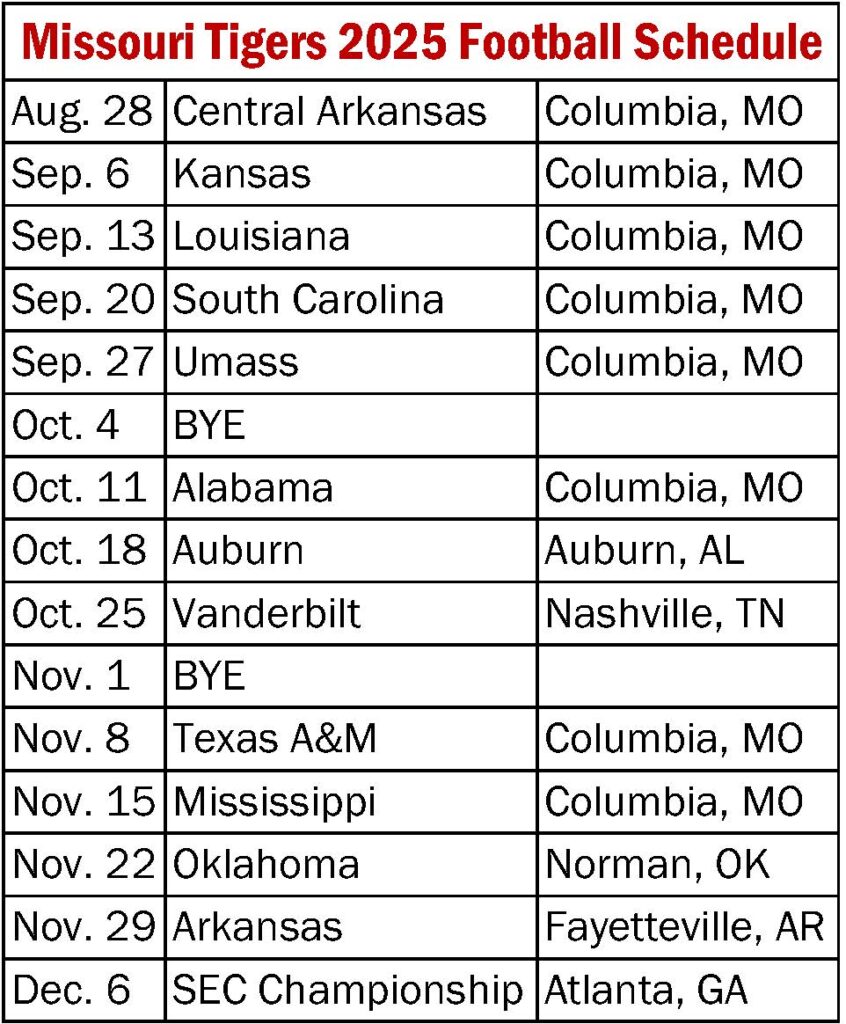
Why Vegas Is Wrong About Missouri’s Ceiling
FanDuel set Missouri’s win total at 7.5 games.
The oddsmakers clearly expect regression after losing so much production. But they’re missing something crucial about this program’s trajectory and foundation.
FOX Sports analyst Joel Klatt sees the bigger picture:
“It’s a team that could go 10-2. They might need 10-2 versus like Florida’s 9-3, but it’s certainly doable with the way that program has manifested itself over the last few years.”
Here’s what the betting lines don’t account for:
- Drinkwitz’s proven ability to develop quarterbacks and maximize talent
- Strategic portal additions that directly address 2024 weaknesses
- Favorable scheduling that aids integration of new players
- Cultural foundation built over five seasons of program building
- Recruiting momentum that continues attracting elite talent
The disconnect between external expectations and internal confidence creates opportunity.
Missouri has consistently outperformed preseason projections under Drinkwitz, and 2025 could be the biggest example yet.
Special teams might be Missouri’s secret weapon.
Kicker Blake Craig returns after converting 70.6% of field goals as a freshman, providing reliability in close SEC contests. Punter Connor Weselman arrives from Stanford to upgrade field position battles that often determine outcomes in conference play.
Emerging players to watch:
- Joshua Manning (WR): Poised for breakout season as primary boundary target
- Chris McClellan (DT): Defensive anchor despite being overshadowed by transfers
- Nicholas Rodriguez (LB): Reports suggest “monster offseason” could earn rotation spot
- Donovan Olugbode (WR, Fr): “Day one ready” freshman who could contribute immediately
Coaching stability provides another advantage.
Drinkwitz and his coordinators return with proven adaptability and development track records. Their aggressive portal usage and scheme flexibility give Missouri competitive advantages that extend beyond pure talent comparisons.
The Bottom Line: This Is Make-or-Break Time
Missouri has everything necessary to achieve the impossible.
A potentially elite quarterback. Strategic roster construction. Favorable scheduling. Proven coaching. Championship-level ambitions backed by realistic pathways to success.
But potential means nothing without execution.
The 2025 season will determine whether Drinkwitz has built something truly sustainable in Columbia or whether back-to-back 10-win seasons were just a brief peak before returning to historical norms.
For the first time in program history, Missouri isn’t just hoping to compete in the SEC.
They’re expecting to contend for titles that have never been within reach.
The pieces are in place. The expectations are set. The schedule cooperates.
Now comes the hardest part: proving that lightning can strike three times in Missouri.
The Next Billion Dollar Game
College football isn’t just a sport anymore—it’s a high-stakes market where information asymmetry separates winners from losers. While the average fan sees only what happens between the sidelines, real insiders trade on the hidden dynamics reshaping programs from the inside out.
Our team has embedded with the power brokers who run this game. From the coaching carousel to NIL deals to transfer portal strategies, we’ve mapped the entire ecosystem with the kind of obsessive detail that would make a hedge fund analyst blush.
Why subscribe? Because in markets this inefficient, information creates alpha. Our subscribers knew which coaches were dead men walking months before the mainstream media caught on. They understood which programs were quietly transforming their recruiting apparatuses while competitors slept.
The smart money is already positioning for 2025. Are you?
Click below—it’s free—and join the small group of people who understand the real value of college football’s new economy.
